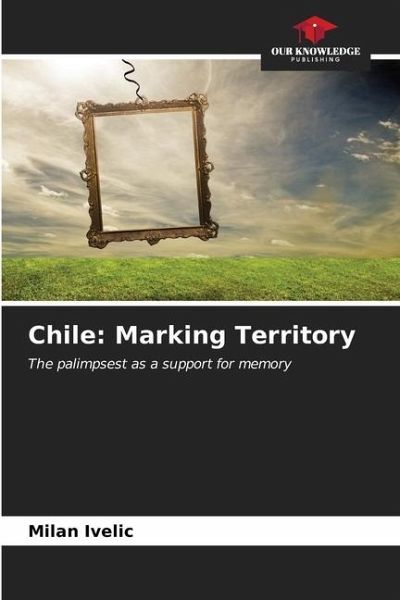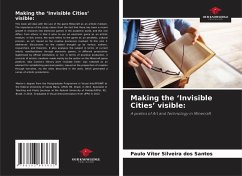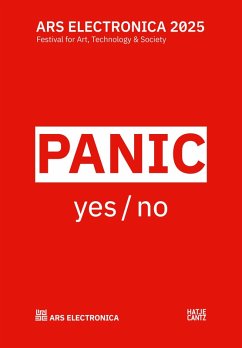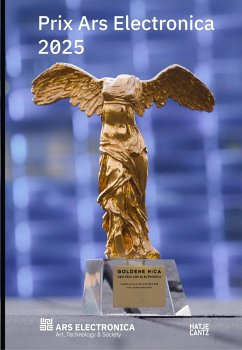
Chile: Marking Territory
The palimpsest as a support for memory
Versandkostenfrei!
Versandfertig in 6-10 Tagen
27,99 €
inkl. MwSt.

PAYBACK Punkte
14 °P sammeln!
Chile can be compared to a palimpsest on the territory of which history is written and memory is reclaimed. Some events are indelibly marked. Others are erased, but they do not disappear completely. A residue remains on which our artists observe, reflect and act. Most of them use the dynamic processes of image reproduction, the direct installation of objects, video, body action and the intervention of natural and urban spaces. The traditional artistic genres (painting and sculpture) seem to be locked in their own immobilising strategies. On the other hand, thanks to the accelerated transformat...
Chile can be compared to a palimpsest on the territory of which history is written and memory is reclaimed. Some events are indelibly marked. Others are erased, but they do not disappear completely. A residue remains on which our artists observe, reflect and act. Most of them use the dynamic processes of image reproduction, the direct installation of objects, video, body action and the intervention of natural and urban spaces. The traditional artistic genres (painting and sculpture) seem to be locked in their own immobilising strategies. On the other hand, thanks to the accelerated transformations that have taken place in recent decades with the contribution of technological instruments, another art system has emerged, characterised by the mobility of its strategies and material resources, together with the breadth of its thematic fields. This scenario challenges museums to think of new museological conceptions and museographic designs to accommodate works that resist being hung on walls or placed on a pedestal.












